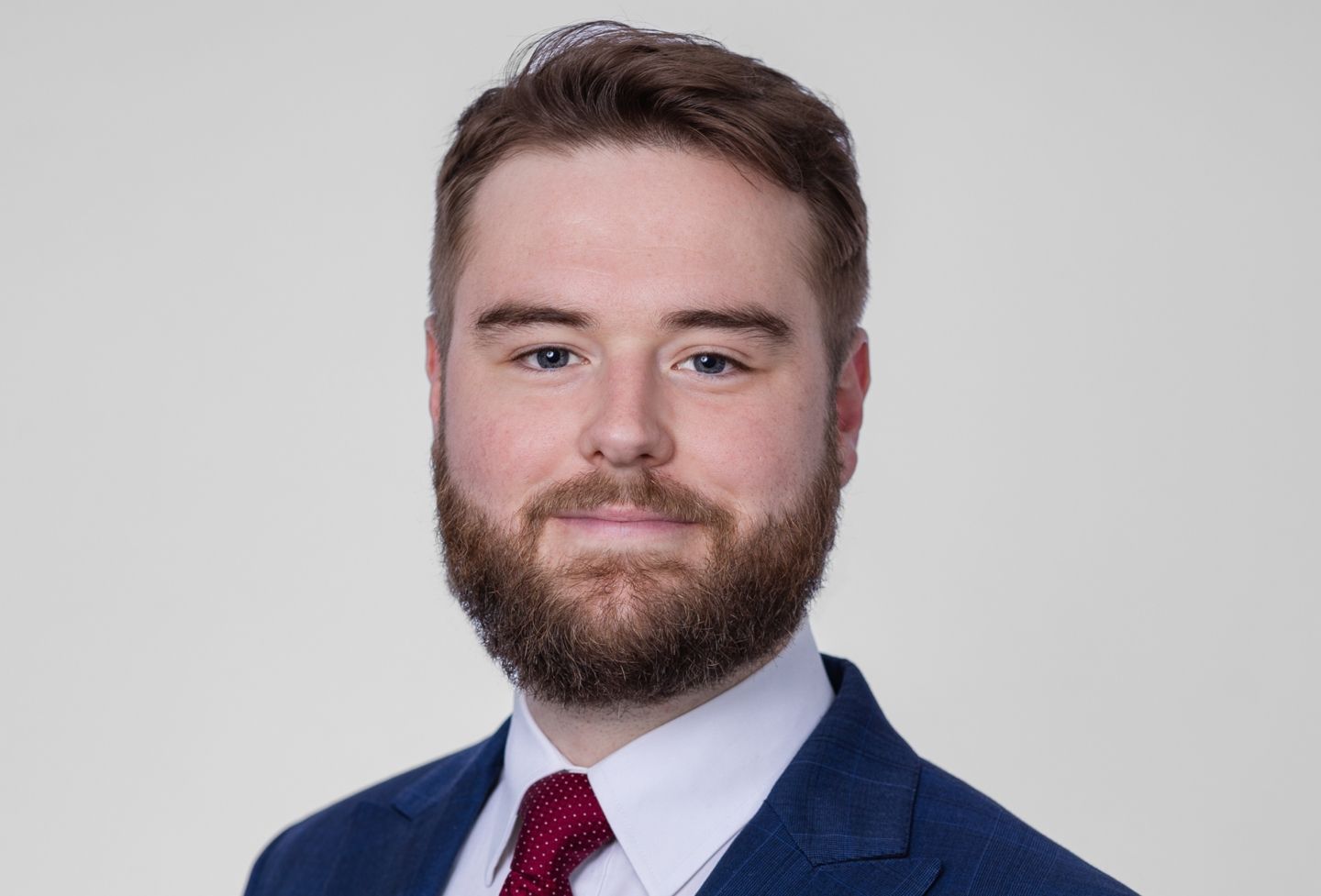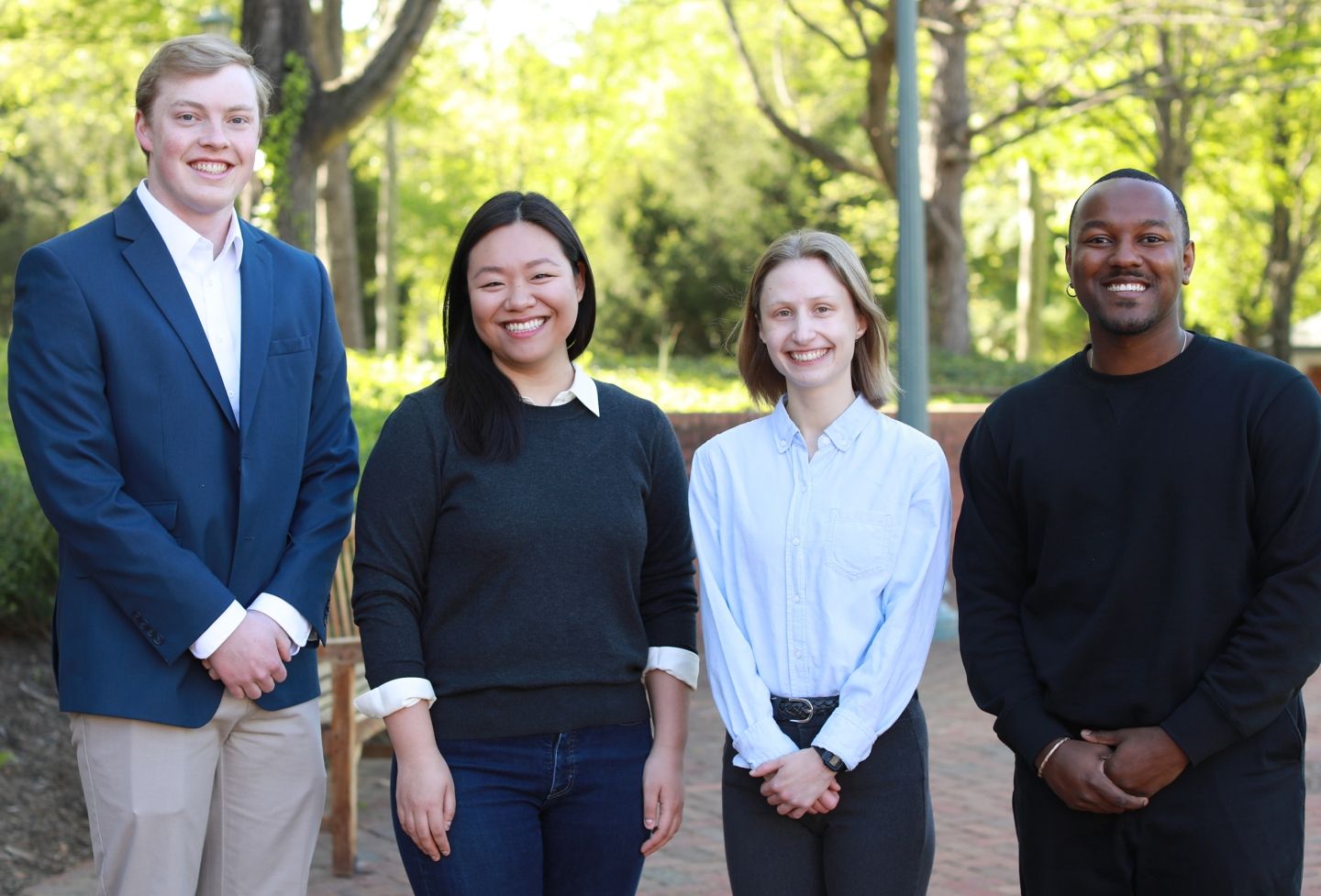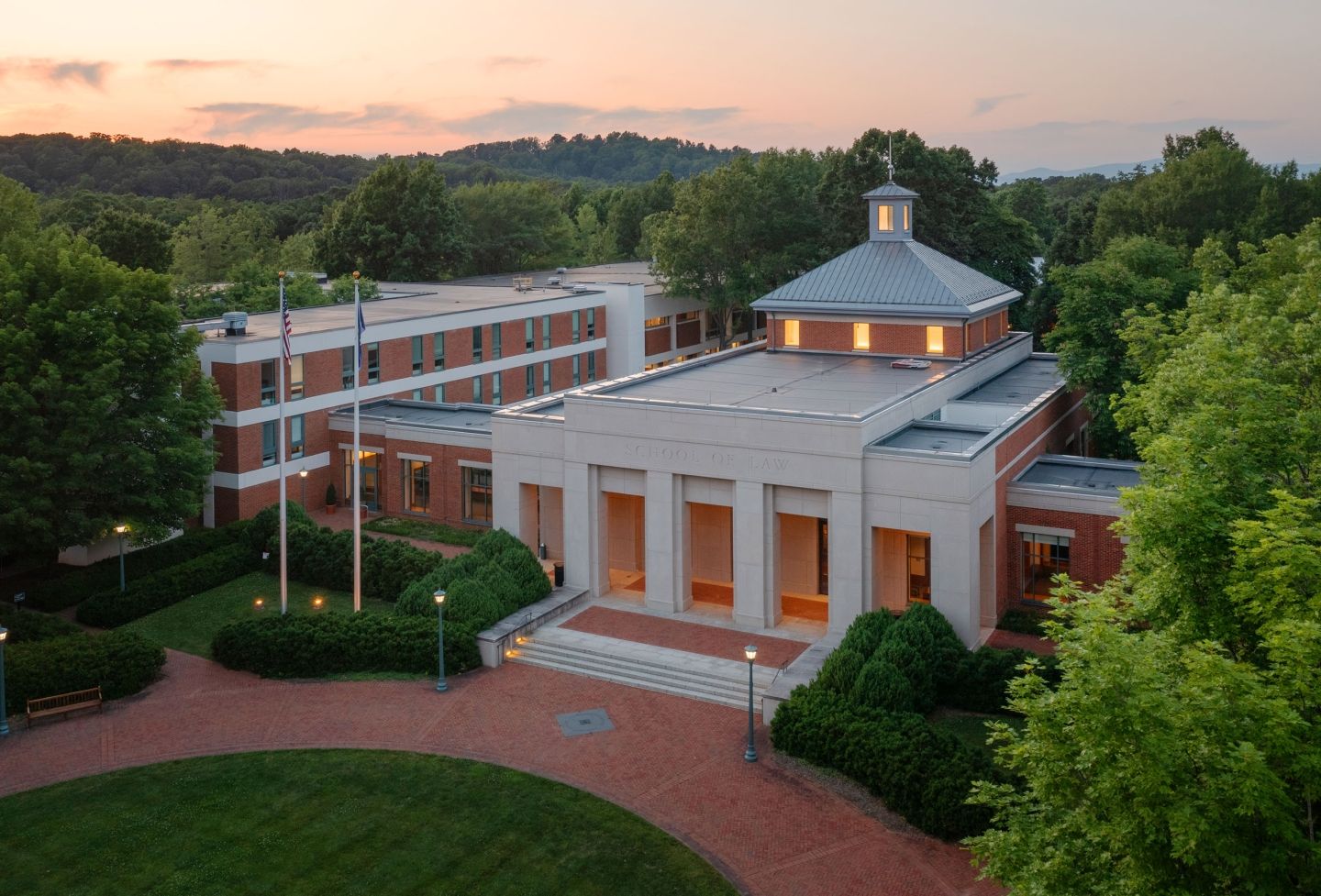Kathleen Ho: More Measuring Needed to Determine Microfinancing’s Societal Success
Microfinancing has been touted as the next big solution to poverty in developing countries, but whether such programs get results isn’t clear in Cambodia, second-year law student Kathleen Ho discovered.
Microfinancing institutions are a level below banks but a step above typical nongovernmental organizations in providing small loans to people and businesses. The have a social mission to target poverty and women in particular, and Ho focused on the latter.
“I think it has been one of the few successful stories in Cambodia, because there are so many microfinancing institutions coming out of nowhere,” Ho said. The loans, which can be anywhere from $50 to $500, can be made for a variety of purposes ranging from funding household repairs to paying for emergency health care needs. Businesses can also seek larger loans.
They have a repayment rate of 80 or 90 percent, which often leads microfinancing institutions to conclude that their program is successful. But Ho isn’t so sure.
“They have these social goals, but there’s no assessment of where these people are after they take out loans,” she said. Sometimes people can take out loans from multiple institutions because they don’t compare information. Some have become more heavily indebted.
Microfinancers have not developed methods for measuring social success — whether a person or family rose out of poverty, or successfully launched a new business enterprise.
“There’s just very little understanding of monitoring what success could look like,” she said. Credit officers meet with clients, but don’t assess education, nutrition, or other factors that might indicate whether the loans are succeeding on a societal level.
Part of the problem stems from the dearth of human capital and the lack of a culture of monitoring and reporting. It’s currently a difficult project to focus on. “In 10 years, if they start enforcing it, it will be a great topic,” she said.
The challenges Ho faced in researching her topic didn’t stop her from enjoying her experience.
“The awesome part of HRSP is that you are getting outside of the classroom, and you get to meet people and talk to people about a topic you are really interested in, and it’s in a different country, it’s in a different language, it’s a completely different culture — all these kind of things make it a really interesting experience. And you feel close to what you’re doing.”
- Kathleen Doherty: Indigenous Education Gets Help from NGOs
- Robin Freeman: Cambodia’s Disabled May Soon Be Protected by Law, If in Name Only
- Guillermo Jover-Cataldi: With New Law, Land Rights Issues Present Complex Picture
- Dana Jupiter: Blurry Lines in Monitoring Sex Trafficking
- Pamela McElroy: Access to Citizenship Tough for Vietnamese Residents
- Gabriel Walters: Khmer Rouge Tribunal May Not Offer Justice for All
- Zach Williams: Criminal Defendants’ Right to Counsel Hurt by Lack of Lawyers
Founded in 1819, the University of Virginia School of Law is the second-oldest continuously operating law school in the nation. Consistently ranked among the top law schools, Virginia is a world-renowned training ground for distinguished lawyers and public servants, instilling in them a commitment to leadership, integrity and community service.


